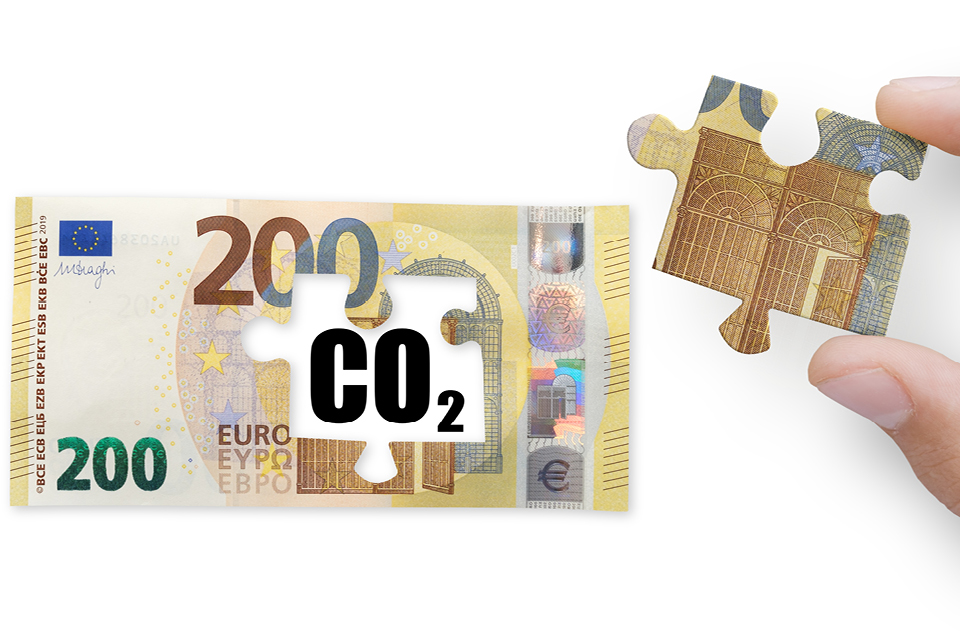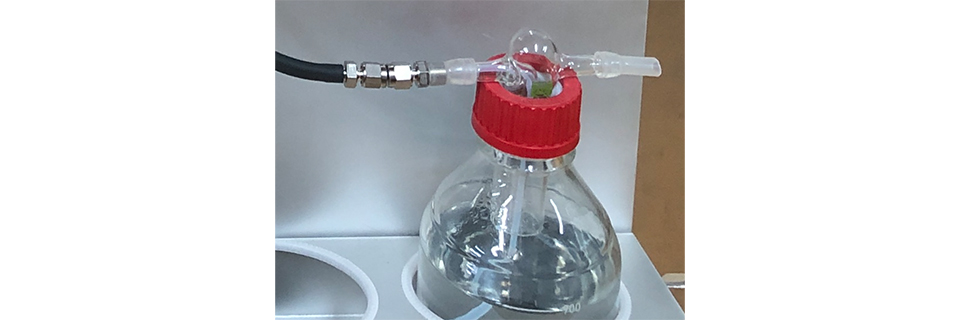2024-10-09
Carbon Dioxide Sampling - Why, Where, and When? Part 2: ETS Exemptions and Costs

In the introductory part of this short blog series (click here to read >>), we took a general look at the European emissions trading system ETS. However, it gets a bit more complicated than this through a variety of exemptions but played correctly, it also gives an opportunity to reduce the number of required emission permits and thereby also the associated costs.
Exemptions
There are many cases where ETS does not apply or has limited impact. When it comes to most types of industrial production, there is first of all a lower limit of 20 MW thermal input before ETS is activated. Secondly, CO2 generated from biomass fuels does not add to the net greenhouse effect and facilities burning biomass are therefore net-zero contributors to the CO2 emissions and no emission permits are required to be handed over to the authorities.
Another exemption is waste incineration, notably waste-to-energy plants. With some exceptions (see below) they have been excluded from the ETS. However, starting 2024, installations for the incineration of municipal waste are obliged to monitor and report the CO2 emissions. By mid-2026, the EU commission will present a feasibility study of the inclusion of municipal waste incineration installations in ETS. It is envisaged that full inclusion will apply from 2028.
Individual EU member states may introduce stricter regulations than the core ETS stipulates. By example, some waste-to-energy facilities in Sweden are already subject to ETS under national laws and regulations.
Mixed Fuels
The exemption for biomass fuels also applies to cases of mixed fuels with both fossil and biomass origin. Notably, this is the case in many waste-to-energy facilities incinerating municipal waste, although that type of industry for yet some time is generally exempted from ETS within most parts of the EU. Mixed fuels can also be used in other contexts, for example at cement manufacturing. In any case, operators liable under ETS and using such mixed fuels need to acquire and submit emission permits for the fossil share of their CO2 emissions, but only for this. The operator can save a lot of money by not reporting higher emissions than necessary.
The easiest but not necessarily the cheapest way to establish the biomass fraction is to rely on a standard factor published by competent authorities. However, it is also possible to measure the actual biomass fraction by means of CO2 sampling and subsequent carbon-14 analysis. This is where the OPSIS DX100 and CO200 samplers come into play.

The bottle for the CO2 sample. The flue gas arrives via the thin tube into the liquid where CO2 reacts with sodium hydroxide (NaOH). This results in sodium carbonate (Na2CO3) which can be extracted and sent to a laboratory for isotope (14C) analysis. The less 14C share the more fossil CO2.
A Permits Cost Example
Sampling and subsequent analysis of biomass CO2 come with a price tag but the savings through less need for emission permits can still be huge.
Roughly speaking (there are exact numbers for calorific values and emission factors to be used for reporting), one tonne of mixed household waste gives rise to about one tonne of CO2 emitted to the air. Further, a mid-sized waste-to-energy facility consumes in the range of 100,000 tonnes of waste per year, so let us use this in the example. Let us also assume that the standard biomass fraction determined by the authorities is 50 %. The operator of the facility in the example must then acquire and hand over 50,000 emission permits under ETS per year.
With a current permit pricing of 70 EUR per unit, the example operator has a cost for its fossil CO2 emissions in the range of 3.5 MEUR per year. This will be reduced if the operator has been granted free permits, but that share appears to be low in the waste-to-energy business.
To Sample or not Sample - What’s in it for the Operator?
The example is just a rough estimation but let us still take a closer look at the effect of the biomass fraction. If the operator can prove just a single percentage unit higher biomass fraction than stipulated by the standard, the cost saving through reduced need for emission permits would be 0.01 x 3.5 MEUR = 35 kEUR per year. This covers the costs for sampling equipment (capital expenditure, amortization), labour, and subsequent CO2 analysis, and still gives a net saving on the bottom line.
A somewhat larger waste-to-energy plant (say 2-300,000 tonnes of waste/year) with a higher share of biomass CO2 (say 5 percentage units above the standard fraction) would save in the range of 500 kEUR per year by sampling and analysis of biomass CO2. Investing in a CO2 sampler is then very easy to justify, even if the production or biomass CO2 fraction would be lower during some periods.
Would you like to learn more about OPSIS DX100 or CO200? Read more about our samplers on our products pages, and don’t hesitate to get in touch with OPSIS or either of its representatives if you have any questions!
